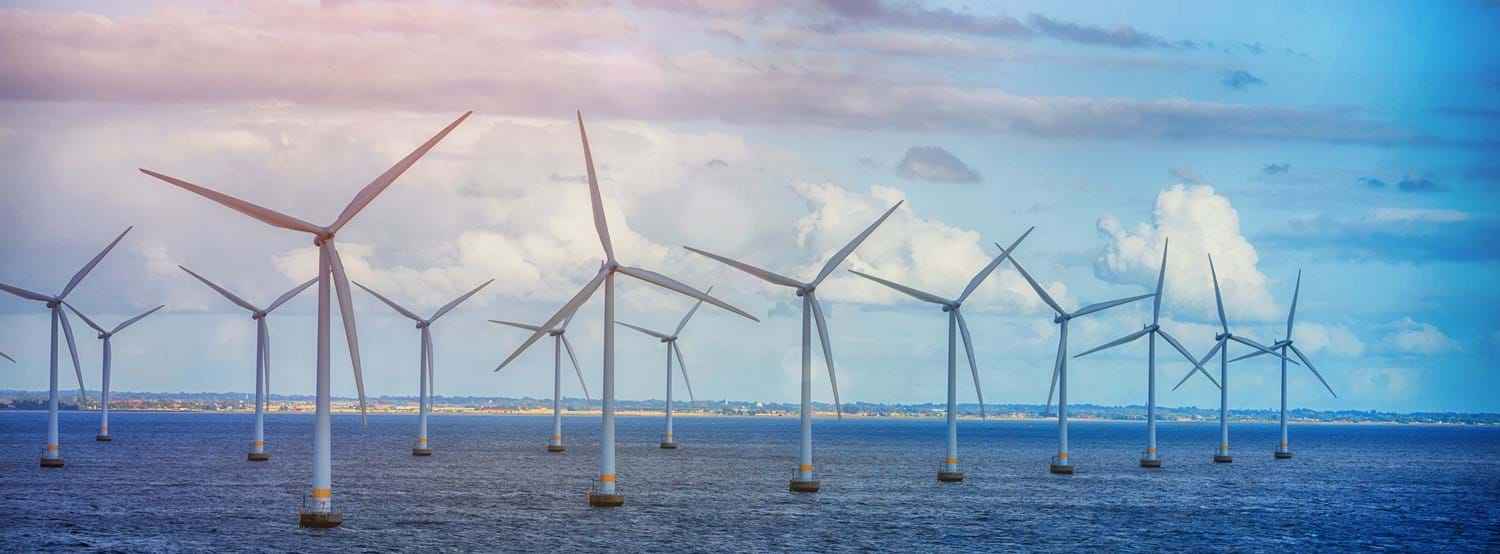Letter to Leading Norwegian Politicians

Leaders from several ocean stakeholders ask the government, in a letter, to start the announcement of two full-scale floating offshore wind farms in Norwegian soon - with the aim of granting licenses during 2020.
Moreover, the letter offer input about how Norway can and must secure a leading position in the floating offshore wind market, to industrialize offshore wind and build strong Norwegian supply chains.
You can read the letter in full below (interpreted and freely translated from Norwegian by GCE Ocean Technology):
The road ahead for floating offshore wind in Norway
With vast ocean areas, good wind resources and a world-leading supplier industry, everything is ready for Norway to capture significant positions in a growing international offshore wind market.
But a Norwegian offshore wind adventure does not happen by itself and urgent measures are needed by political authorities who must stimulate the industry to develop entire value chains for offshore wind in Norway - from production and installation to the use of electricity.
We, who sign this letter ask the government to clarify licensing and framework conditions by the summer of 2020 and to start the announcement of two full-scale floating offshore wind farms in Norwegian soon - with the aim of granting licenses during 2020.
This will be a natural continuation of a policy that has so far supported the development of the Hywind Tampen project, as well as proposals for the opening of the Utsira North and Southern North Sea II areas for offshore wind. Getting started on specific projects as we propose will also be in line with the Norwegian Governments request decision from March 31, 2020:
"The parliament ask the government to perform a survey and find possible financial models, at the latest in the state budget for 2021, that can ensure the development and realization of projects within floating offshore wind."
Building new value chains for offshore wind in Norway is not as straight forward as in our neighbouring countries - which need much more renewable energy to be able to phase out coal and gas power plants.
With an almost 100 per cent renewable electricity production and low electricity prices, it is not as obvious that the electricity from Norwegian offshore wind farms should be fed directly into the grid.
In our opinion, a Norwegian offshore wind announcement should therefore not only cover the production stage, but also cover the entire value chain. The industry-oriented policy instrument (virkemiddelapparatet) must be geared towards this and set up with sufficient capital.
With this, the industry is challenged to develop projects that also provide answers to how the power produced should be used. Here, we can think of several potential end users - such as. oil platforms, new onshore or offshore industry, or hydrogen / ammonia fuel production and storage facilities. It is also conceivable to send the power directly from a Norwegian offshore wind farm to the continent.
It usually takes 4-7 years from plans being developed to an offshore wind farm being built. If Norway is to have industrial aspirations within floating offshore wind, we must think big now.
Starting two full-scale floating offshore wind farms, with associated value chains, can be an important start. Today, Norway is well positioned in terms of technology development within floating offshore wind.
If Norway is to secure a leading position in this market and build strong Norwegian supply chains, Norway must also lead the industrialisation of floating offshore wind.
Our input:
- In the work of creating new growth and new jobs, in light of the corona crisis, Norway should position itself for international growth in offshore wind, and especially in floating installations. Here the actor “puzzle” has not yet been set.
- The Government should clarify licensing and framework conditions by summer of 2020 and start the announcement of two full-scale floating offshore wind farms on the Norwegian continental shelf as soon as possible, each with a capacity of about 500 MW. must be licensed by 2020. The state must secure instruments that make it commercially viable to carry out the projects.
- The announcement must cover the entire value chain, so that the industry is invited to develop full-scale floating offshore wind projects that deal with both electricity generation and renewable electricity use. The announcement must also be organized to ensure a diverse actor image.
- A sectoral agreement between the offshore wind industry and the authorities should be developed and concluded inspired by the UK's Offshore wind sector deal. This should include goals and measures that link exports, jobs, climate and energy.
- Norway's advantage is knowledge: A larger programme for research, innovation and supplier development in offshore wind should be established as soon as possible.
The letter is signed by Harald Solberg (CEO of Norges Rederiforbund), Stein Lier Hansen, (CEO Norsk Industri), Owe Hagesæther (CEO GCE Ocean Technology), Arvid Nesse (Cluster Leader Norwegian Offshore Wind Cluster), Nils Anders Røkke (CEO Sustainability at SINTEF), Johan Hustad (CEO NTNU Energi), Finn Gunnar Nielsen (CEO Bergen Offshore Wind Center, UiB), Lars-Henrik Paarup Michelsen (CEO Norsk klimastiftelse).
Read the original letter in Norwegian.
Contact Information


Covid-19
GCE Ocean Technology are here to help our members in this precarious situation with Covid-19.
Read our guide of helpful measures offered from inside and outside of the cluster.
